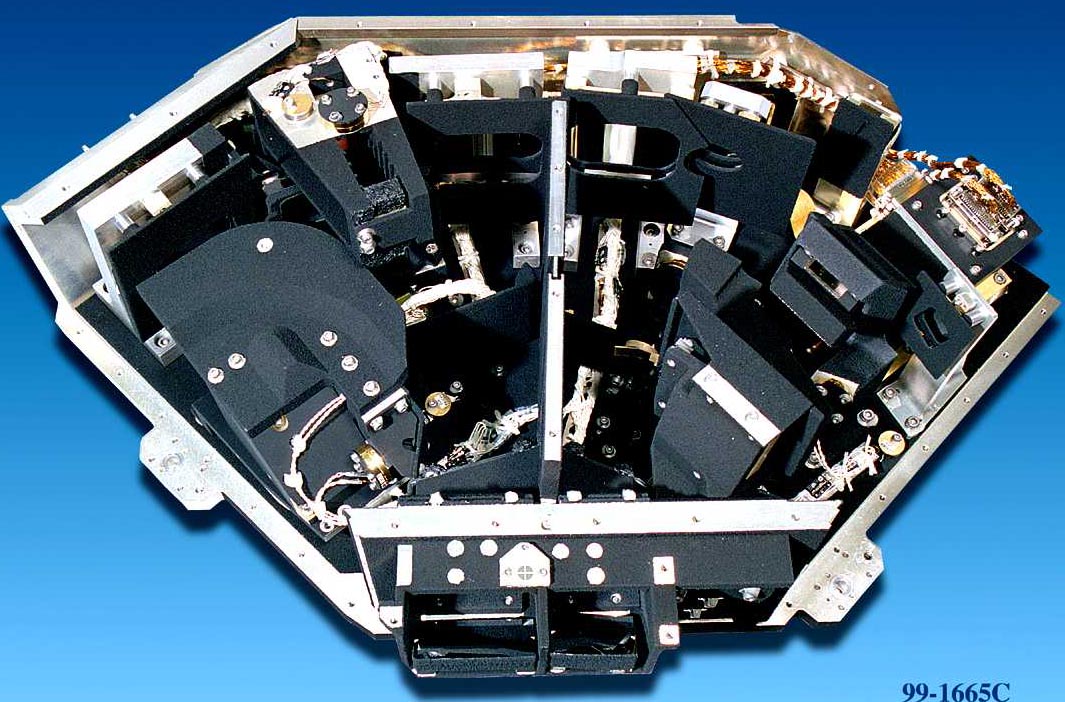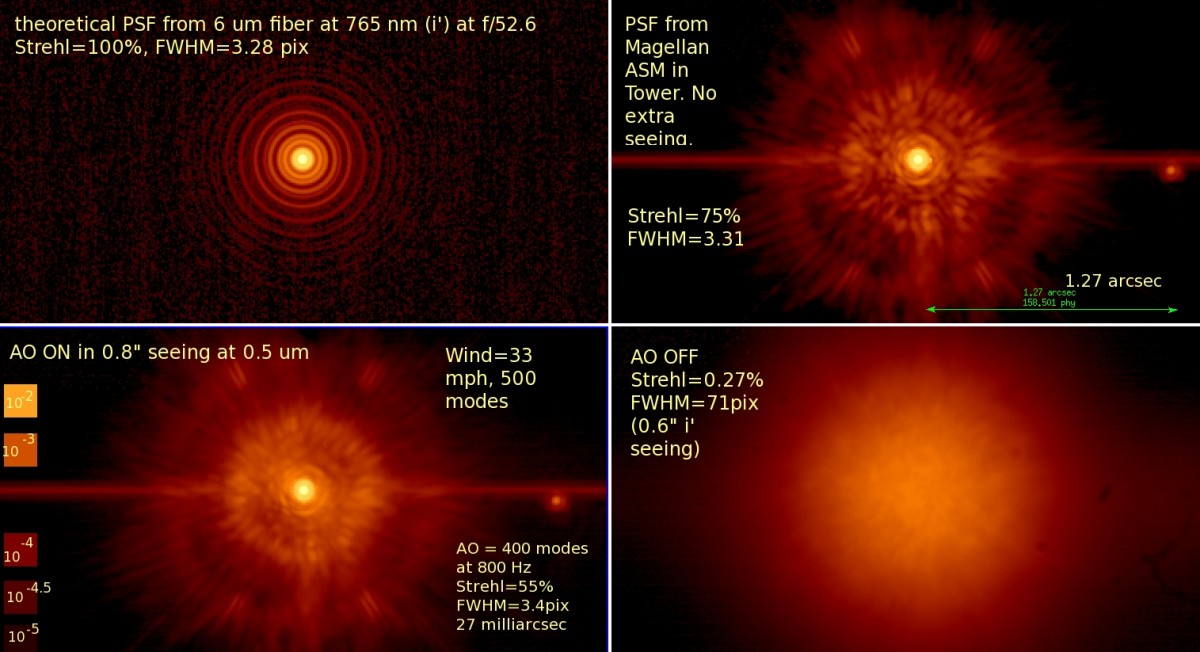Instrumentation and Detectors

Precision astronomical observations require the most sensitive instrumentation and detectors possible. Modern telescopes need to maximize the quality of the images they receive, while studying objects that are incredibly faint.
Steward Observatory is world renowned for developing state of the art instrumentation, which can be found on many of the leading telescopes in the world.
Faculty and Research Staff with a research interest in this area include:
- Roger Angel - Adaptive Optics, Telscope & Optics Fabrication
- Tim Axelrod - Computational solutions for large data sets
- Jill Bechtold - High Resolution Spectroscopy
- Ed Beshore - CCD imaging
- Bob Brown - Planetary exploration
- Jim Burge - Optical design and fabrication
- Laird Close - Imaging and spectroscopy with Adaptive Optics
- Josh Eisner - near-IR interferometry
- Richard Green - High resolution spectroscopy, telescope design
- Olivier Guyon - High Contrast Imaging
- Michael Hart - Adaptive Optics
- Keith Hege - Interferometry
- John Hill - Telescope Design
- Philip Hinz - near-IR interferometry
- Wililam Hoffman - Mid-Infrared Instrumentation
- Buell Jannuzi - Instrumentation for surveys
- Craig Kulesa - Radio and Infrared Instrumentation
- Michael Lesser - CCD Detector development
- Buddy Martin - Mirror Fabrication
- Dan Marrone - sub-mm and terahertz receivers
- Don McCarthy - near-IR AO instrumentation
- Bob McMillan - CCD Imaging
- Ed Olszewski - CCD Imaging
- George Rieke - near and far-IR instrumentation, MIRI, NIRCAM, MIPS PI
- Marcia Rieke - NIRCam PI
- Glenn Schneider - EXCEDE PI
- Paul Smith - Spectropolarimetry
- Peter Strittmatter - Large Telescope Design
- Rodger Thompson - optical and IR spectroscopy and imaging, NICMOS PI
- Chris Walker - Ballooning, Sub-mm detector development
- Benjamin Weiner - Fabry-Perot interferometry
- Steven West - Optical design, fabrication and testing
- Grant Williams - Optical Instrumentation, Observatory management
- Lucy Ziurys - Laboratory Astrophysics, Radio Instrumentation

(Bottom Right) Professor Laird Close and his team have achieved excellent AO images in the visible (55% Strehls at i' --765 nm)) in the test tower in Italy with the MagAO system running in full 800Hz closed loop (400 modes) on R=8 star in 0.8" seeing (V band) and in simulated 33 mph winds.

For Public
Public events include our Monday Night Lecture Series, world-reknowned Astronomy Camp and Mt Lemmon Sky Center.

For Students
A good place to start if you want to become an undergrad major or grad student, or need to find our schedule of classes.

For Scientists
Find telescopes and instruments, telescope time applications, staff and mountain contacts, and faculty and staff scientific interests.




